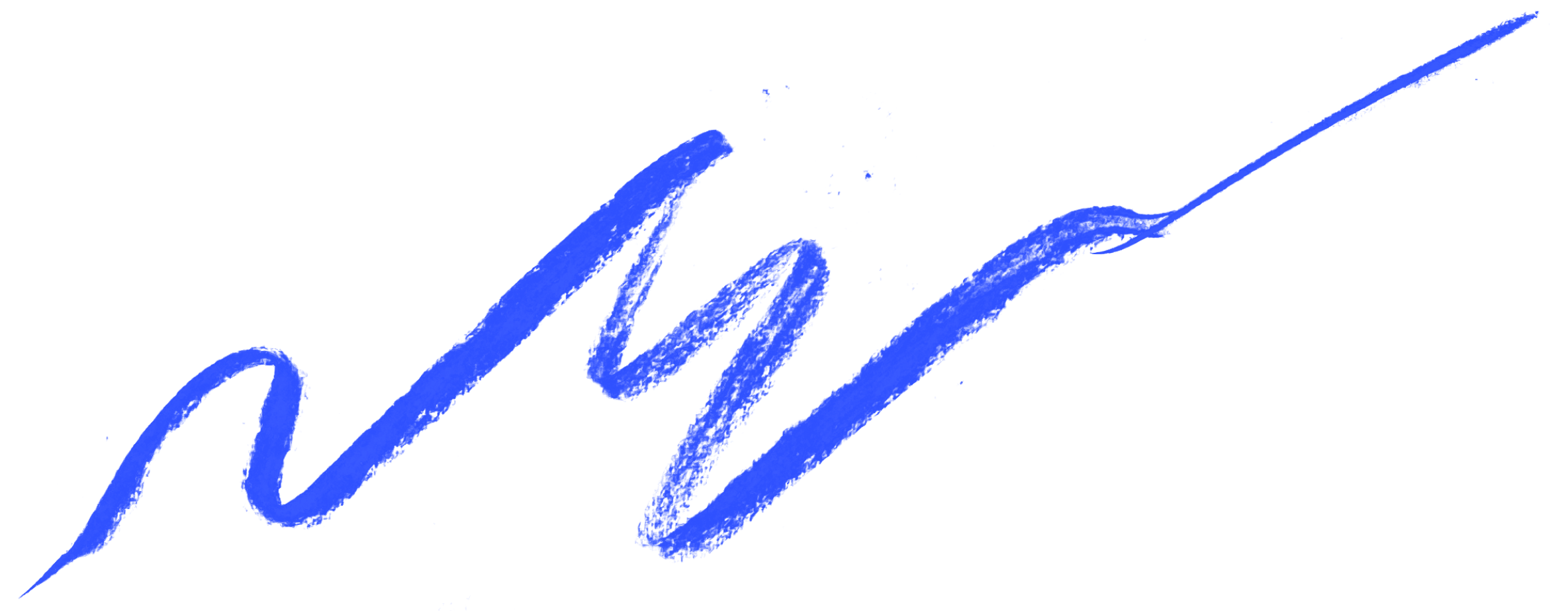Skew It Yourself: Mood Boards

TLDR. Skew offers a step-by-step guide to organizing and presenting creative information effectively. The key takeaways focus on cohesive narratives and visual harmony, with the ultimate goal of inspiring even non-creative stakeholders and the target audience.""
Skew-It-Yourself: Mood Boards
Mood boards. MOOD BOARDS?? Really? In the 2020’s ? Yes really, they’re still a thing. But yes, granted ‘mood boards’ do sound pretty old school. Let’s update the moniker; Mood Matrix. Sprint Sheets. Ideation Tablets. Vibe Visualisers (actually that last one’s pretty good!)
Bad boards are fun to do but a complete waste of time and money. Good ones are the opposite of that. They move creative projects forward quickly, saving time and money. They are also fun. Don’t you like fun? This article is about how to do the good sort.
A Brief History of Vibe Visualisers TM
Mood boards were literally boards back in the day, hence mood BOARDS, rather than say, sheets or screens, or pages. I can’t believe I’m writing this but, here we are. If you were born after 1990 and entered a creative role in the 2010’s the chances are you’re lucky enough not to know what 5mm Kapa board is, you’ve never sliced your finger tip off with a scalpel cutting up fashion magazines or glued your lungs shut with spray mount at 3am to meet a deadline. And when I say deadline, I don’t mean when you have to hit ‘send’. No, I mean the time your boss is going to show up at the studio to collect the fifty A1 mounted boards you’ve bled all over that they need to hand carry onto a flight to a presentation on the other side of the Atlantic (because, how else would creative visual presentations get there? Teams had to zoom - literally and physically)
SIDEBAR: How I nearly got fired from my first job because of mood boards. Long story short. I pulled an all nighter mounting boards. Had to get on the tube to meet the pitch team that would be presenting said boards. Fell asleep on the train. Woke up with a jolt at the wrong station and ran, bewildered onto the platform. I gathered my wits just in time to hear the doors beeping behind me turning round in slow motion only to watch £150,000 worth of presentation boards gliding away into the dark tunnel. Dear reader - it was as awful as it sounds. True story.
If that sounds like the dark ages, you’re right, it was. Now that we've got past glueing dead trees together we have Miro, Figma and a panoply of tools to help us collaborate and share quickly in real time or asymmetrically. But of course it’s the content that’s king, not a method of delivery. It's content we’ll focus on here. At its most basic content is storytelling and the principles of storytelling haven’t changed all that much for 2000 years.
Visual Storytelling
Creating Vibe Visualisers ( I’m not letting go of this ) is a transformative process that turns raw research into a visually compelling story. See ‘Skew It Yourself - Trending’ for a step by step on building a solid body of research. Every element on your board should contribute to the story you're telling. This narrative could revolve around the lifestyle, values, or experiences that the brand or brand extension is targeting. You’re simply using imagery, colour, texture, product and styling to tell a creative story of a possible future design direction in a compelling way.
Here's how to effectively organise and present your creative information in a mood board:
Dream Theme: Start by distilling your research into one or more central themes. These should come from a brief you’re working towards, a challenge you’re attempting to address. These themes should reflect current trends, target market, product category, future predictions, or specific emotions you wish to convey. Think about what story you're trying to tell or what feeling you want to evoke.
Playing to the Crowd: Considering the audience for any story is essential and mood boards are no different. Will they be in the room, or remote? Are the boards static or is this a workshop that they’ll be able to contribute to? Often creatives are presenting to a non creative audience. Depending on the individual they may not be able to read mood boards that require a large leap of imagination. That’s ok but then you’re going to need to invest in some early concept design to help them see the direction this is all going in.
The Edit: You’ve got your research. This stage is about grouping it into sections that make sense. If you’re trying to tell a story about print design you may have imagery that is associated with illustration, product, colour or graphics. It could be a screen grab of a movie title graphic, with an illustrator style, font samples and vintage product lifestyle shots. The point here is to evoke a design before it is done.
Colour Story: Think about how colour will be treated. You could create a section for it on its own or weave it through the presentation. However you deal with it, colour should reflect both the current market and the brand's visual language. It may be that you need to tweak the colour of all of your imagery so the story is a cohesive whole or you may get away with describing the design and colour story separately if the audience can make the mental leap.
Chapter and Verse: Mood boards are there to tell a visual story that can’t be effectively captured in spreadsheets and prose. Structure the boards with a beginning, middle and end even if you’re bleeding types of content together. Skew often builds ours around the target consumer, starting with a visual profile of their wants and needs now and then, building a case for how our client’s brand can meet them in the future with updated visual and tonal assets. Everything on the page should contribute to the overall narrative of the brand’s evolution and its alignment with upcoming trends. This visual content will be made up of consumer lifestyle, texture, pattern, product, type, illustration and tone of voice copy. Avoid charts, paragraphs of explanation where possible, this isn’t a PowerPoint (unless it is, in which case you have my deepest sympathy).
Layout and Composition: Organise these elements in a way that is visually appealing and tells a coherent story. The layout should guide the viewer through the mood board with a clear narrative flow.
Annotations for Clarity: Include brief notes where necessary to explain your choices, especially when it comes to trend relevance and brand alignment. These notes should be nothing more than labels in most cases. Check to see if a stakeholder needs to present these to judge if explanatory notes need to have more detail.
Iterative Refinement: Be prepared to refine and adjust your mood board, incorporating feedback and new insights.
Key Takeaways:
Story is King: Every element of the mood board should contribute to a cohesive narrative that aligns with the brand or brand extension’s vision.
Visual Cohesion: Ensure that the colour palette, textures, and imagery are visually harmonious and cohesive without being overly restrictive. This is a mood, a vibes guide not a style guide.
Iterative Process: Be open to feedback and revisions. A mood board is a dynamic tool that might evolve as the brand extension itself develops.
Emphasis on Impact: The ultimate goal is to create a mood board that not only conveys the creative direction but also inspires and excites stakeholders, team members, and the target audience.
Conclusion
Remember, a Vibe Visualiser, ok ok, mood board is more than just a collage of images and materials. It's an insight driven storytelling tool that conveys a specific mood, theme, or trend. It should be intuitive, engaging, and insightful, providing a clear and concise visual representation of your research and ideas. As a trend forecaster, brand strategist or Licensing professional your mood board is not just a presentation tool, but a window into the future of your brand.
This approach has worked for thousands of Skew projects, and now you can put it to work for you.
Has this article piqued your curiosity? You can learn our insight process with us at our retail masterclass, Spring Haul or get in touch today.






